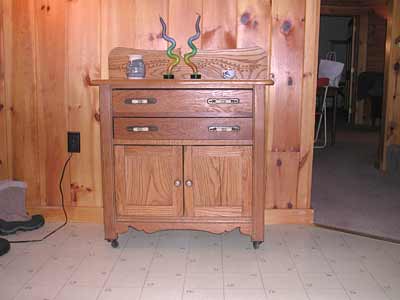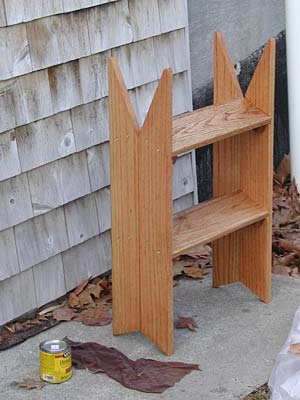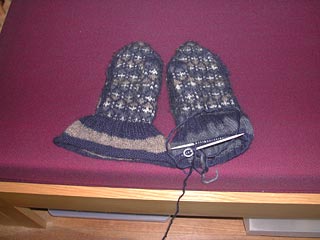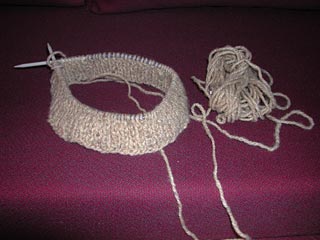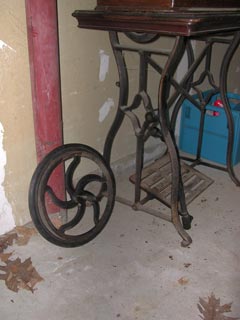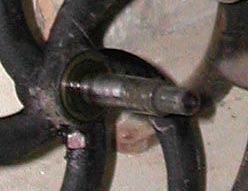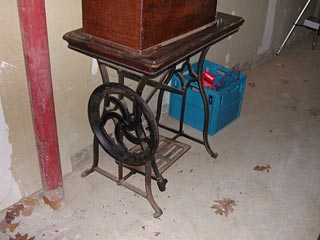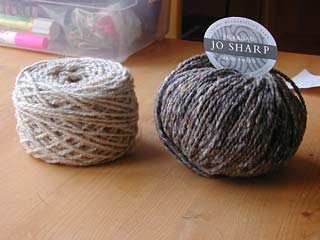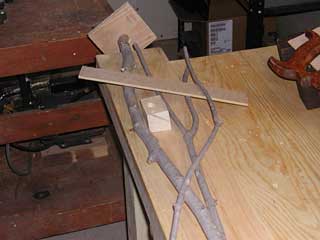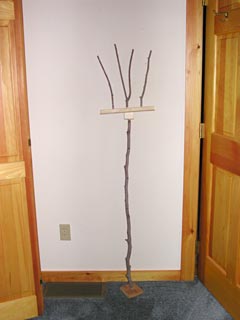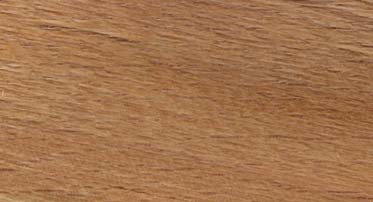One disturbingly warm day in January (I mean, in northern New England you can get a January thaw, but when it lasts as long as that one did, and is as warm as that one was, you start looking over your shoulder because you suspect that the weather has something really nasty up its sleeve) we walked around the block up in Maine. I mean, we walked down the driveway, turned left on the road, and kept taking all the left turns we could (down cut-through streets of course) until we got back. Our neighbors had told us it was a good three mile walk, with 300 feet of elevation change between the lake (granted, ten or twenty feet lower elevation than the end of our driveway) and the top of the ridge. Up on main road (well, it’s not a state highway, but it’s paved and relatively wide) along the ridge you get away from new lakefront houses and see some nice old New England architecture like this house.
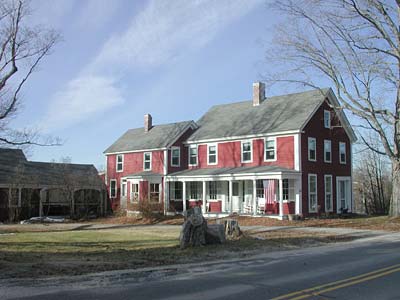
A little farther along the road is a magnificent view out to the White Mountains. This is looking back the way we came, which put that mountain view behind us. We’ll have to learn to do the walk in the other direction.
